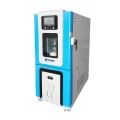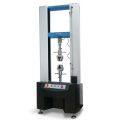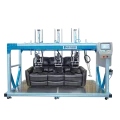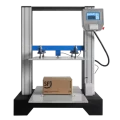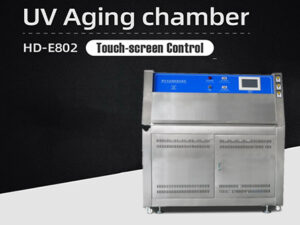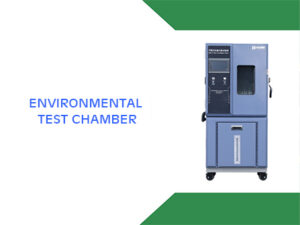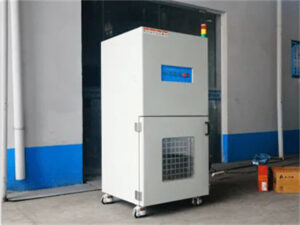Selecting a UV aging test chamber requires attention to several key factors:

- UV Light Source: Ensure the chamber uses a reliable and consistent UV light source capable of simulating natural sunlight wavelengths accurately. Options include fluorescent UV lamps or xenon arc lamps.
- Uniformity of Exposure: Look for chambers with uniform distribution of UV light to ensure consistent aging across all samples. Uneven exposure can lead to unreliable results.
- Temperature and Humidity Control: Opt for chambers with precise temperature and humidity control capabilities to simulate real-world conditions accurately. This ensures that the aging process mimics environmental factors effectively.
- Sample Capacity and Size: Consider the size and quantity of samples you need to test. Choose a chamber with sufficient capacity and adjustable shelves to accommodate your samples comfortably.
- Data Logging and Monitoring: Look for chambers equipped with data logging and monitoring systems to track and record various parameters such as UV intensity, temperature, and humidity throughout the aging process.
- Durability and Maintenance: Select a chamber constructed from durable materials and with easy maintenance features. This ensures longevity and reduces downtime due to repairs or maintenance.
- Compliance Standards: Ensure the chamber meets relevant industry standards and regulations for UV aging testing, such as ASTM or ISO standards, to guarantee the validity and credibility of your test results.
- Manufacturer Reputation and Support: Choose a reputable manufacturer with a track record of producing high-quality UV aging test chambers. Good customer support and after-sales service are essential for troubleshooting and maintenance.

By considering these factors, you can make an informed decision when selecting a UV aging test chamber that best suits your needs.


